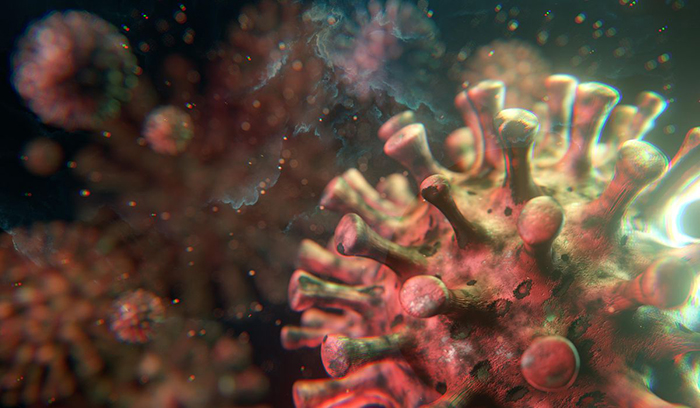Resolutions to lose weight are often made in January yet almost as frequently abandoned as heavy hopefuls find diets that demand fasting, virtually no carbs or liquid food shakes notoriously hard to stick to. But even "fad" diets can lead to a slimmer, lighter New Year for those whose resolve remains robust, according to doctors and nutritionists analysing them.
Gathering for a London conference to review evidence behind popular weight loss diets - at just the time of year when slimming ideas are in peak demand - specialists concluded that food fads such as the hunter-gatherer "Paleo" plan or the 5:2 diet can deliver. But it's hard work. "If it was easy, our species would have died out years ago. As humans we have a default to eat," said Gary Frost, a professor and chair of nutrition and dietetics at Imperial College London. The results of that default are looming large in a global "wave of obesity", he said. According to the World Health Organisation, worldwide obesity - defined as having a body mass index of more than 30 - has nearly doubled since 1980. The latest global figure is that in 2008, more than 1.4 billion adults were overweight.
WAVE OF OBESITY
According to the US Centers for Disease Control and Prevention, almost 36% of American adults are obese and almost 70% are either obese or overweight. In Britain, a government health study predicts 60% of men, 50% of women and 25% of children will be obese by 2050. Against this background, experts say the search for effective diets must always take account of how easy it is for people to understand and follow, and how likely they are to abide by its restrictions.
Michelle Harvie, a research dietician from the Genesis Prevention Centre at Britain's University Hospital of South Manchester, said that on this front, fasting diets - sometimes called intermittent diets - can be successful. "Energy restriction is difficult to maintain over the long term and people tend to find it easier to follow a diet with intermittent energy restriction," she said. She said that while a regular weight loss plan might require the dieter to take in 25% fewer calories, intermittent diets may suggest two days of a 75% calorie cut interspersed with five days of normal healthy eating. But the key to these diets - such as the 5:2 diet in which followers eat as little as 400 calories on two "fasting" days per week - is that dieters won't succeed if they "pig out" and eat whatever they want on non-fasting days.
Harvie's research shows those who succeed in losing weigh on these diets find the fasting days lead them to also have a lower food intake on normal days - leading to lower calorie intake overall.
HUNTING FOR FOOD
Mark Berry, head of plant biology and biochemistry at the consumer company Unilever's research and development unit, says there are also positive signs in data from studies of "Palaeolithic" or stone-age diets - plans designed to mimic the diet of pre-agricultural hunter-gatherers of that era. A sign of its current popularity is that "Paleo diet" was one of the most "Googled" terms of 2013.
The idea is based around foods that can be hunted, fished or foraged for - meat, seafood, eggs, nuts, seeds, fruits and vegetables. Berry said his research showed little impact on glucose response in the body in people eating a Palaeolithic diet, but did find a significant impact on hormones that signal satiety and tell the brain the eater is full. Alexandra Johnstone of the Rowett Institute of Nutrition and Health, who has been looking into high protein and low carbohydrate diets such as the Atkins diet, said these also had a significant impact on fullness feelings - giving them the potential to help dieters control appetite and lose weight. "The high satiety effects of increased protein in the diet seems to be a contributing factor to the success of high-protein, low-carbohydrate diets," she said.
Johnstone cited data showing the amount of weight lost on high-protein diets is around double that lost on a comparable low-fat diet at the six-month mark. But there is little difference in weight loss after one year, as dieters often lose momentum and their resolve to slim down fades. "There's no magic bullet," she said. Judy Buttriss, head of the British Nutrition Foundation, said the evidence for popular diets was clearly nuanced. While there are several that can be used as tools for effective weight loss and maintenance, she said "there's currently no evidence that one is any better than another in the long term".






Comments
These are genuinely great ideas in regarding blogging.
You have touched some fastidious factors here. Any way keep up wrinting.
Visit my blog post - right dating site: http://www.tube8.to/video/5888/fucked-and-creampied-from-behind
Add new comment